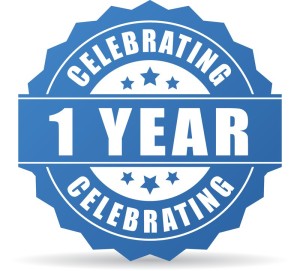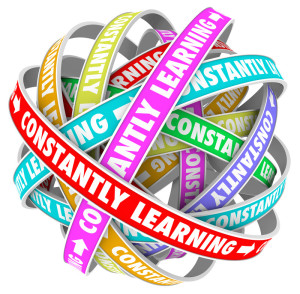With the latest sexual harassment and abuse stories in the news, I am reminded once again how important it is for women to speak up. We need to encourage women and girls to pursue their dreams,  and support them when they face obstacles.
and support them when they face obstacles.
Like other women leaders, I try to be a role model for young women in all that I say and do. I try to speak up and take on the tough issues that women face in the work world. I encourage young women to figure out who is on their “team you”. And most importantly, I tell them not to put up with crap, from anyone.
I have written many posts over the past few years on women and work and done several talks focused on encouraging and developing women.
Here are some of those posts that you might find useful and maybe even inspiring these days:
Yes we can: women in health IT
Powerful women and their path to success
Investing in the success of others
I challenge you to look at your own practices and ensure you are doing all you can to support women in your organization so they are comfortable speaking up, able to overcome obstacles they face, and can actually thrive and advance.








